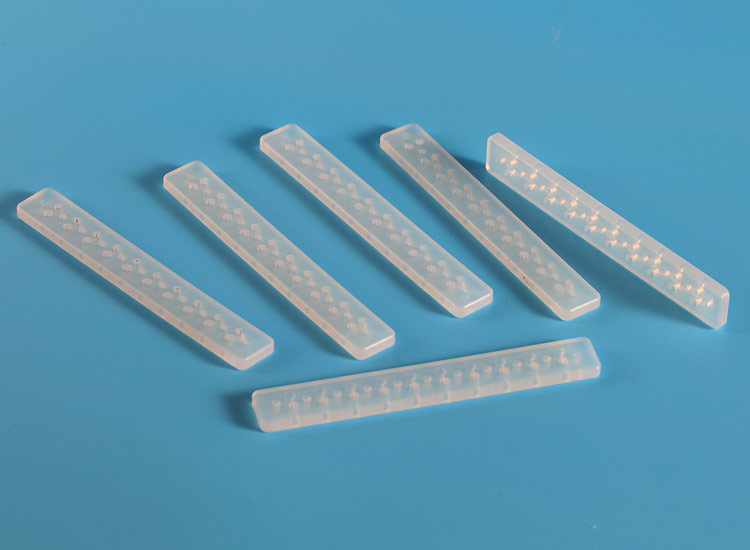-
National consultation hotline:
13590252450 / 18676388050


Time:2024-05-09 Preview:1
Hello everyone, I am the editor. Today I will introduce you to the sealing rubber strip. The following content is compiled by the editor and the relevant content is for reference.

Classification by rubber sealing strip material
The rubber materials of automobile sealing strips include dense rubber, sponge rubber and hard rubber.
The hardness of hard rubber can reach Shaw A95. The rubber materials of sealing strips are mostly resistant to aging, low temperature, water vapor and chemical corrosion, especially
EPDM, which is resistant to ozone aging. EPDM can be compounded with steel belt, steel wire braided belt, TPE, velvet, flocking, PU coating,
silicone coating, etc. to ensure the waterproof, dustproof, soundproof, heat-insulating, vibration-reducing, wear-resistant and decorative effects between the interior of the car and the outside world and itself.
Under normal circumstances, EPDM sealing strips can be used stably for more than ten years. You can also choose chloroprene rubber (CR) with good ozone resistance and good aging resistance.
Considering the process performance of commonly used rubber materials, it is sometimes necessary to select and use rubbers, such as natural rubber (NR) and CR and styrene-butadiene rubber (SBR)
rubber combination or polyethylene (PE), EPDM and NR rubber and plastic combination to improve ozone resistance.
There are three categories: automobile sealing strips,
door and window sealing strips, ship sealing strips, and mechanical sealing strips; among them, mechanical sealing strips include cabinet sealing strips, container sealing strips, etc.
Principle
It consists of two parts: sealing and installation.
This type of product mainly uses the elasticity of the lips, cavities, flanges and other parts in the body structure and the contact pressure generated on the surface of the assembled
coupling parts (glass, metal parts, etc.) to play a sealing and decorative role.
It is generally used in the range of -50 to 70℃.
It consists of two parts: sealing and installation.
This type of product mainly uses the elasticity of the lips, cavities, flanges and other parts in the body structure and the contact pressure generated on the surface of the assembled coupling parts (glass, metal parts, etc.) to play a sealing and decorative role.
It is generally used in the range of -50 to 70℃.
If you want to know more about the industry information of sealing rubber strips, please log in to our official website and we will bring you more practical tips.